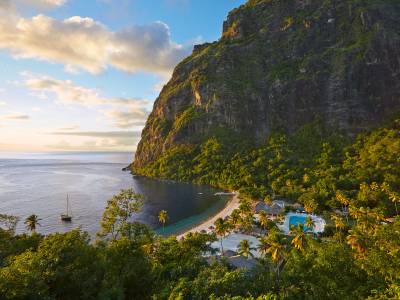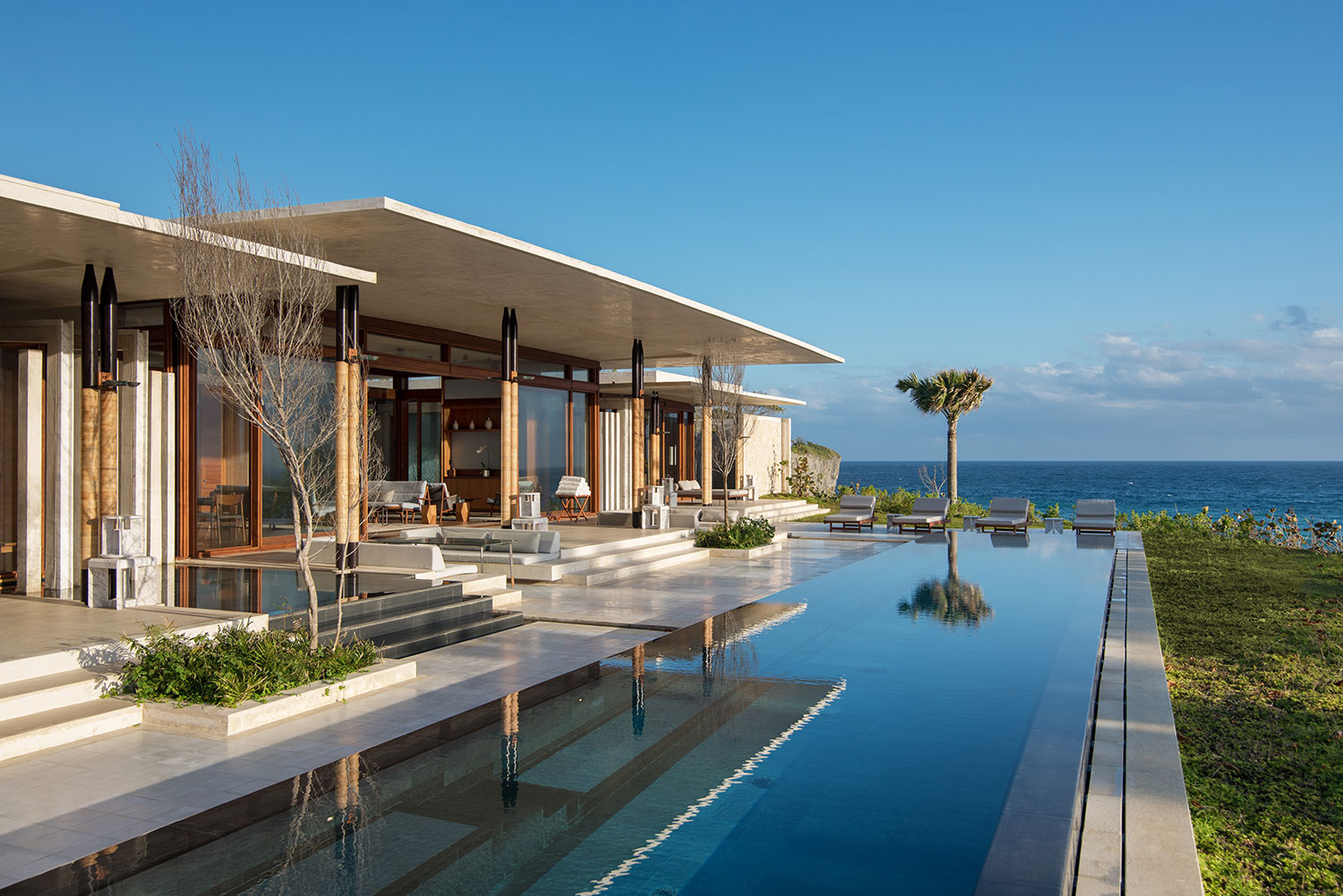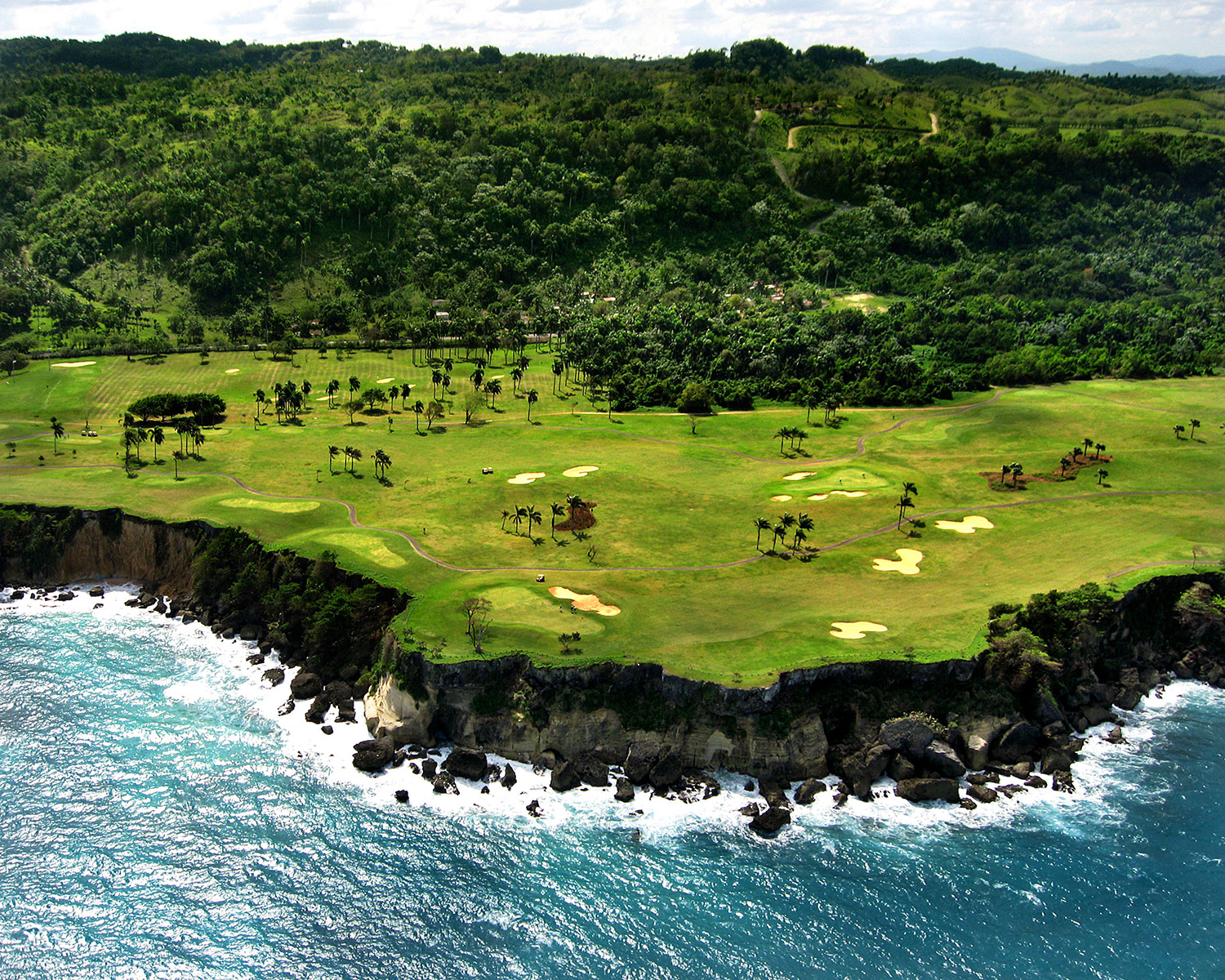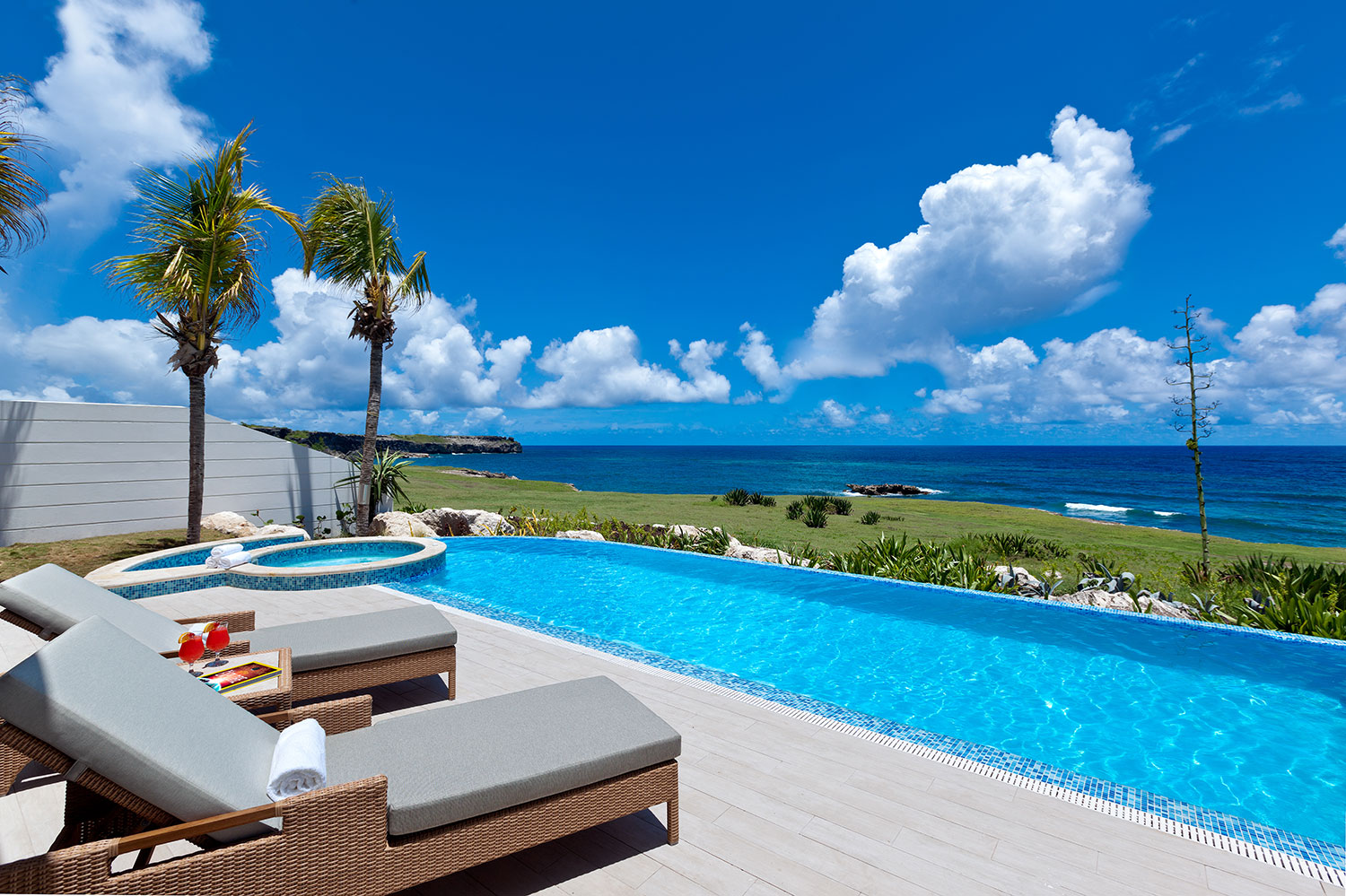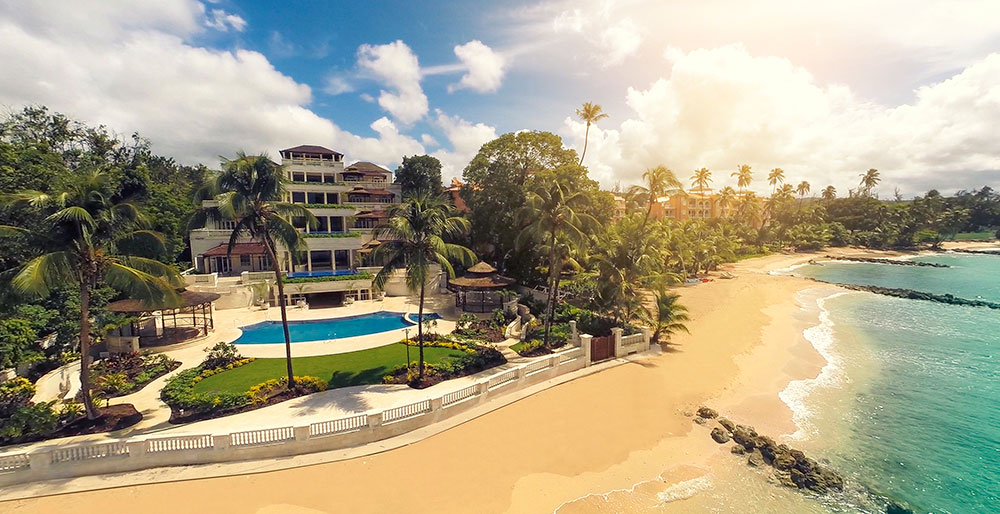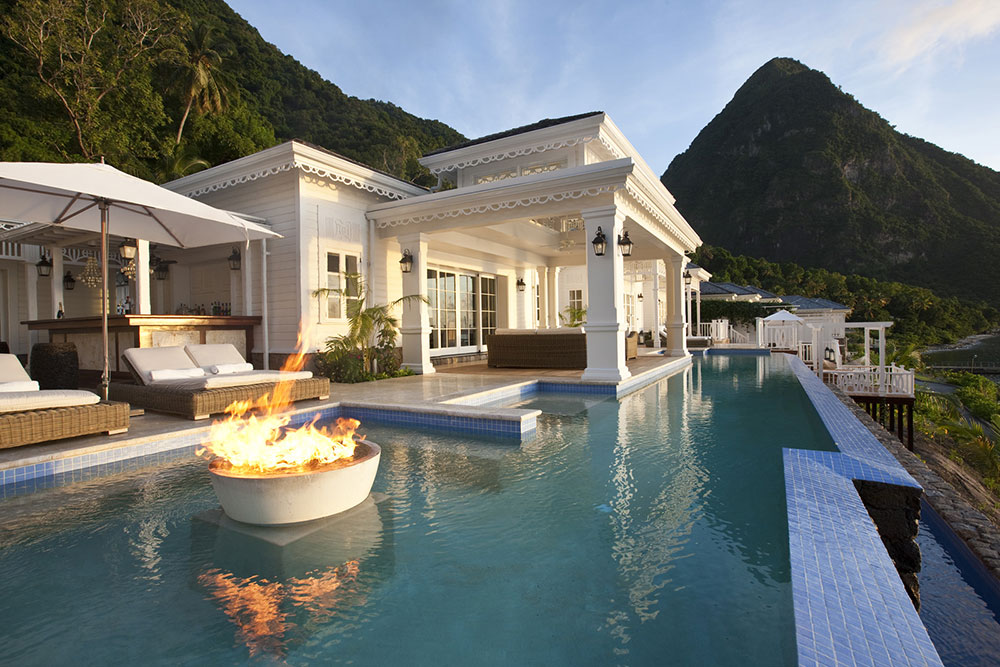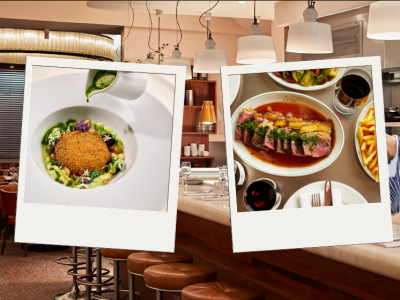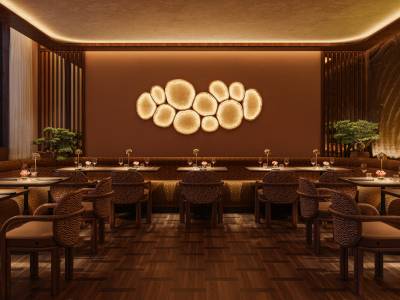The bitter cocktail of Brexit fallout, terrorism threats and London’s punitive property taxes is driving wealthy global buyers to see the light. The bright, golden, beautiful light, that is, of the Caribbean, where estate agents who routinely deal with the world’s richest investors report a surge of interest in the best that the region has to offer.
A place in paradise: wealthy investors buy in the Caribbean
6th February 2017
As Brexit and high taxes deter buyers from purchasing in London, HNW investors look to the Caribbean property market and its raft of new luxury developments
Savills’ “sweet spot” for Caribbean sales is $1m-$1.5m (£772,000-£1.1m), but they are also seeing buyers snap up plots on Antigua’s Pearns Point, where resulting beachfront palaces will cost up to $20m (the Rothschilds are among the buyers of the 67 plots so far). “Pearns Point is a very special location, set on a peninsula that feels like a private island without the need to catch a ferry,” says James Burdess, Savills’ Caribbean expert.
Buyers there are truly global. One couple consists of an Australian married to an English lady who runs a bank in the Middle East. We have interest from across two or three continents. That’s typical of what we’re seeing in the Caribbean, including places like Albany in the Bahamas, where there have been about $1.5bn of sales in four years.
Meanwhile, the eternally glamorous St Barts is benefitting from US interest. “It’s a Euro-denominated island, so the Americans are getting good value now,” explains Edward de Mallet Morgan at Knight Frank. And in Mustique he is seeing a “generational shift”, with several houses changing hands for the first time in years because their owners no longer use them as much as they used to.
It seems that while other markets labour under heavy taxes and the lack of British interest since the Brexit vote, the Caribbean can expect a busy peak season. “Sometimes when there is instability in the world, these luxury markets remain stable. Vendors would rather not sell than sell for rock-bottom prices, which keeps values steady,” says de Mallet Morgan.
Savills is similarly seeing Caribbean demand focus on the “super high end”. The islands’ mesmerising beauty and laidback lifestyle are the initial draw, but the wealthy have other factors in mind. “The Caribbean is perceived as safe, plus it’s English-speaking and there are tax advantages,” says Burdess.
Several islands also now have Citizenship by Investment programmes, which offer passports in return for property investment. And, St Barts aside, they deal in dollars — a welcome relief from the fresh round of Eurozone strife. Edward de Mallet Morgan says he is seeing well-off British vendors in Barbados willing to take a hit on their asking prices as they will reap the rewards when they change their dollars back into pounds.
There are also new developments that offer unprecedented luxury for the super-rich buyer. In Holetown on Barbados, Beachlands began life several years ago as 55 big, lateral beachfront apartments whose owners included Cliff Richard.
But, in response to demand, the scheme has been reinvented as four huge houses, of which the first is nearing completion and being marketed by Savills for $28m. Designed by Larry Warren, the architect behind many of Barbados’ biggest houses, the villas overlook a stretch of prime west coast where its sands have been made four times wider — much to the appeal of a new community of nesting turtles.
Further up the coast, near Speightstown, there is a beachfront mansion that is setting a new price level for the island. Palazzate — another of Larry Warren’s designs — is a six-storey, 20-bedroom mega-mansion that divides into four smaller units and spans 75,000sq ft in total. It has four swimming pools, spa and bar areas and underground parking for 18 cars. At $125m, it’s also the most expensive property to ever come on Barbados’ open market.
For those who find Barbados’ west coast strip a little busy, there’s a rare opportunity on the wilder Atlantic east coast, whose protected nature reserve prohibits much new development.
The existing one-off beachfront properties tend to be weather-beaten — although pricey — wooden houses, but they have upmarket competition from Beach Houses (beachhouses.bb), a new development from Crane Resorts (the people behind the coast’s four-star Crane Resort).
The 63 beachfront villas, set on a 50-acre site overlooking Skeete’s Bay, are high end — each comes with a private pool and enclosed garage (to stop sea spray damage), and prices start at $1.9m — but they are also discreetly designed as single-storey houses with landscaped roofs to camouflage them among the surrounding wilderness.
St Lucia is still Barbados’ cheaper cousin. David Farrin, managing director of Doubloon Real Estate on the island, reckons prices of new beachfront stock are about 40% lower here. But having Allen Chastanet (formerly Savills’ man in St Lucia) as the island’s new prime minister means a new era of property development.
“Projects will now happen with him at the helm,” says Savills’ James Burdess. “I think they will make their Citizenship by Investment programme more attractive and competitive.”
Set between the twin peaks of the Pitons, with a backdrop of dense rainforest, The Beachfront Residences (sugarbeachresidences.com) at Sugar Beach are designed to attract the ultra-high net worth buyer to St Lucia. These four/five-bedroom beachfront mansions are as high-end as St Lucia gets.
They range from $8m to $15m and, as you would expect with this kind of price tag, they have access to every service on tap, courtesy of the neighbouring five-star Sugar Beach, a Viceroy resort.
Some of the super-rich want to be further off the beaten track, but retain the reassurance of a global luxury resort brand, such as Aman. It has acquired an untouched 2,000-acre swathe of the Dominican Republic’s north coast to build Amanera, “the world’s first fully integrated golf resort”, with a hotel and villas costing $4m-$7m (playagrande.com) overlooking the golf course and Playa Grande Beach.
It marks a new spot on the radar for rich “Amanjunkies”, as the group label their die-hard fans. Katerina Katopis, director at the resort’s developer Dolphin Capital, says villa buyers also include a fair smattering of American financiers in search of family holiday homes.
“We are seeing a shift towards more virgin and diverse natural environments where buyers can embrace local life, taste local gastronomy and have a more authentic experience,” she says. “The trend of branded residences with full service facilities allows people to own residences in magical locations that seemed out of reach before.”
Some want to be further off the beaten track, but retain the reassurance of a luxury resort brand
“The Dominican Republic is well-known for its vast master-planned resorts, but a new generation of chic boutique resorts is springing up, such as Eden Roc Cap Cana and the Gansevoort and Aman resorts,” observes Robert Cooper, director of 7th Heaven Properties.
This move upmarket, he explains, is part of the government’s “diversification” plan to double the Dominican Republic’s five million annual tourists over the next few years. Cooper is also seeing high interest in the Turks & Caicos, which combines a reputation for luxury and tax benefits.
New developments include a “boutique collection” of new beachfront villas serviced by the Gansevoort Turks & Caicos, with prices from $3.95m (7thheavenproperties.com).
And finally to a place whose views are almost impossibly heavenly, even by the Caribbean’s high standards, the Grenadines, the only archipelago in the region that provides an easy opportunity to island-hop. “You can have breakfast on Mustique, lunch on Petit St Vincent and dinner on Canouan, as they are all just 5-10 minutes from each other by boat.
It is such paradise, it’s quite surreal,” says Kieran Kelly, chairman of the Caribbean Collection. He also points out that the Grenadines will also become far more accessible soon when St Vincent’s international airport opens at last.
